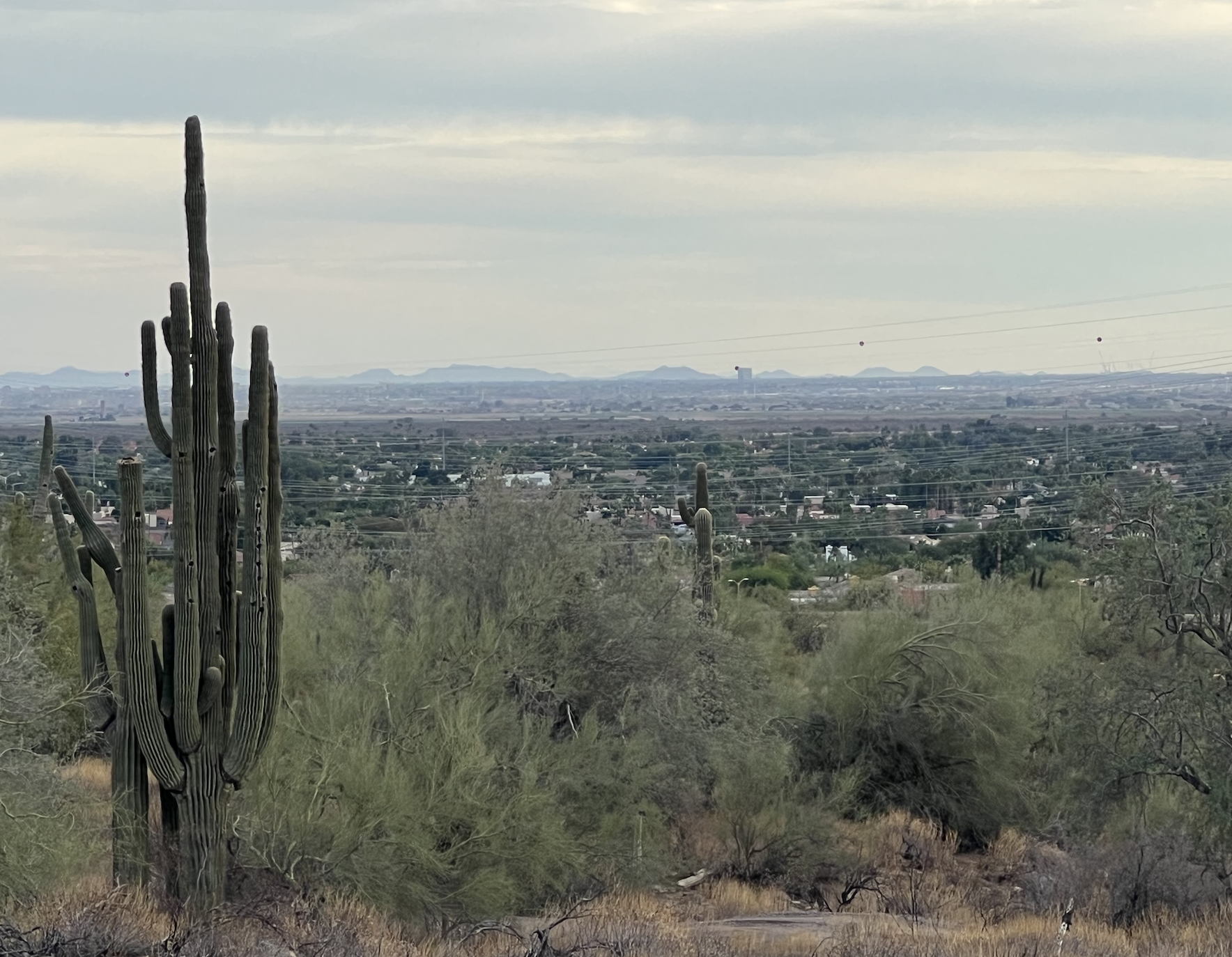It was Christina Baldwin that I first heard speak that, “it is not possible to be curious and judgmental at the same time.” It wasn’t a grand announcement. It was a simple aha kind of comment, the kind of thinking out loud comment that I’ve appreciated with Christina many times. That was in the about ten years ago, I believe.
I’m not unfamiliar with being curious as an approach to life. When I allow myself to simplify it as much as I can, I hold a basic mantra — be present, be curious. This curiosity is a disposition, perhaps that comes from another set of assumptions:
- all is not as it seems
- there is always more unseen than there is seen, no matter how good we are at speaking it
- there is always another way
These are three of my favorites. They lead me to the basic stance and practice of, “I wonder…?” This doesn’t mean that a snap judgment doesn’t show up every now and then. Yet, wonder, raises regular questions — I wonder what I might be missing here? I wonder how this makes sense to this person in a way that it does not make sense to me? I wonder if there is another way to think about this or to connect it differently?
Judgment has a different tone. And no, I’m not advocating a life without judgment, or it’s many cousins that include choice of way of living. The basic stance of judgment often sounds like, “How could he / she!” Or, “How dare they!” The question mark of curiosity is often replaced by the exclamation mark of judgment.
If I flip the above curiosity assumptions, uncertainty becomes trumped by certainty. All becomes exact with words being clear objective descriptions rather than symbolic words. All becomes clear with complexity either dismissed or replaced by convenience. Myopic view becomes the norm — this is the way.
I’m overstating the difference a bit. Yes. So that the difference can be seen and that the nested absurdities can be brought to light even for a moment.
I would advocate that curiosity is a key skill needed in these days. In organizations. In families. In teams. To help us move from the divisiveness of “how could you” to the inclusiveness of “I wonder.” It’s an aha waiting to happen most every moment.
